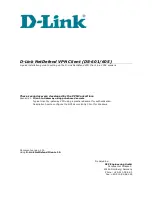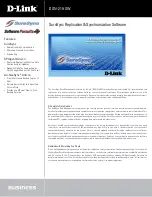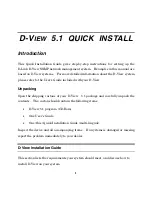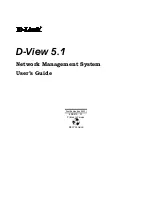
You can peruse messages in the EMS log on your terminal screen by using Viewpoint or whatever
other tool you normally use for monitoring $0. When you do that, you are dealing with the entire
EMS log (not just RDF messages).
To isolate RDF messages from the rest of the EMS log, you can use the supplied EMS filter
RDFFLTO with an EMS printing distributor to produce an intermediate entry-sequenced file
that you then can scan using the RDFSCAN utility.
Using RDFSCAN commands, you can specify:
•
A starting point for scanning the intermediate RDF message file
•
How many records to scan
•
Text to search for in the file
Tasks and examples for using RDFSCAN commands appear throughout the manual. Reference
information for all commands appears in
Chapter 9 (page 261)
.
RDF Tasks
To maintain a duplicate of the primary database on the backup system, RDF performs four
fundamental tasks:
•
On the primary system, the extractor process captures audit records from the TMF MAT
and, optionally, from auxiliary audit trails.
•
On the primary system, the extractor process filters out audit records that are not relevant
to the backup database (audit records for volumes or files not protected by RDF) and then
transmits the relevant audit records to the backup system. These audit records have additional
information added to them by the extractor and the transformed audit records are then
called image records.
•
On the backup system, the receiver process accepts the buffer of image records sent by the
extractor, sorts each record to the correct image trail buffer, and eventually writes the
collection of image trail buffers to the actual image trailson disk.
•
On the backup system, each updater process reads the image records it is responsible for
out of its image trail and sends the audit portion directly to disk process that manages the
volume where that updater's database files reside. During normal RDF operations, the disk
process applies the audit to the affected database file or table with the logical REDO operation.
During the special RDF Takeover or stop-update-to-time operations, the disk process can
also perform logical UNDO operations for those audit records that need to be backed out
of the backup database.
NOTE:
Throughout this manual, the terms image records and audit records are used
interchangeably on the backup system. An image record is just the original audit record with some
additional RDF specific information added to it. When an updater prepares an image record to
send to the disk process, it strips out that added RDF information and sends the original audit
record.
Figure 1-3
illustrates these tasks as they are performed during normal processing when RDF
updating is enabled. The sequence of events differs when updating is disabled, as explained in
“RDF Operations”
.
RDF Tasks
39
Содержание NonStop RDF
Страница 68: ...68 ...
Страница 186: ...186 ...
Страница 260: ...260 ...
Страница 278: ...278 ...
Страница 284: ...284 ...
Страница 290: ...290 ...
Страница 308: ...308 ...
Страница 322: ...322 ...
Страница 336: ...336 ...
Страница 348: ...348 ...
Страница 464: ...464 ...
Страница 478: ......
















































